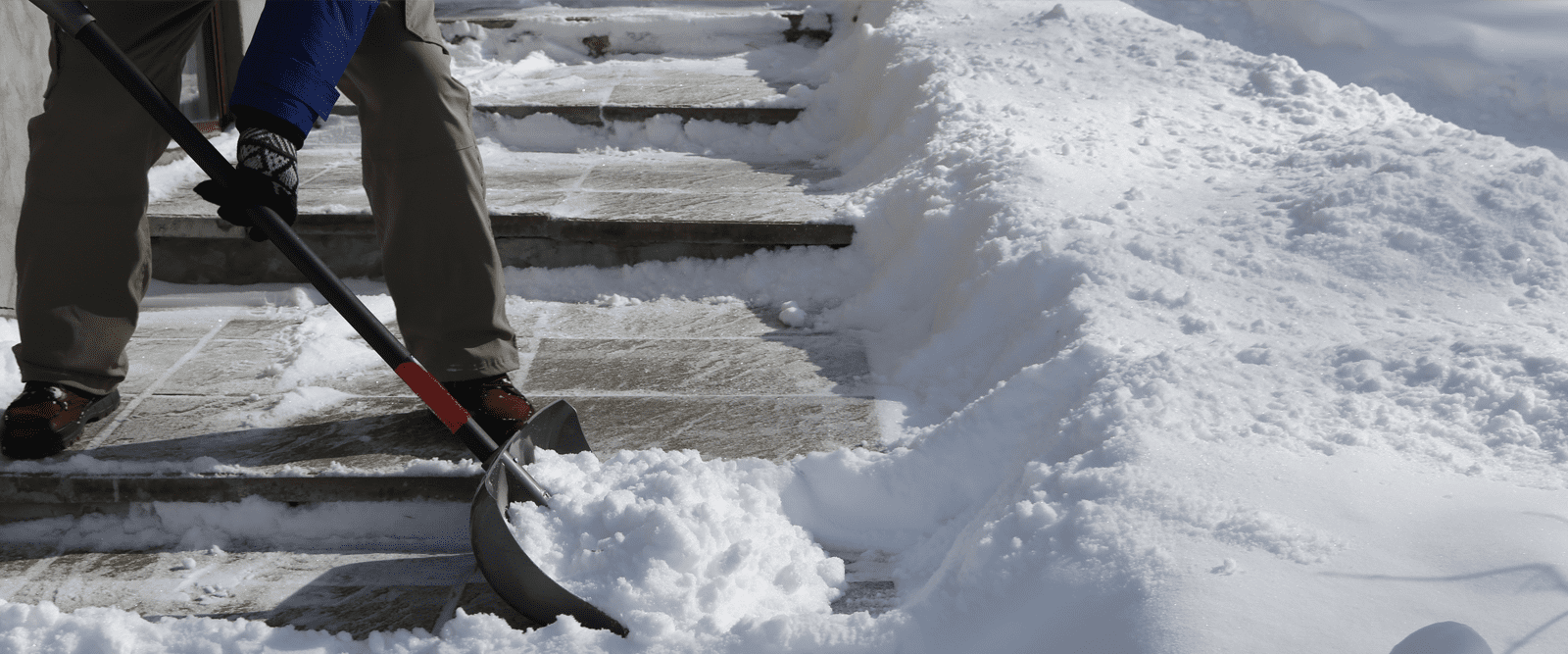How to Avoid Back Pain When Shoveling Snow
An expert from Och Spine at NewYork-Presbyterian offers tips to help reduce the chance of back pain when someone is out shoveling snow.

The cold weather is here and with it comes the promise of snowfall. While freshly fallen snow looks pretty, it can be hazardous on sidewalks and driveways. But shoveling it can pose another risk, namely, to the lower back. In fact, national studies have found that some of the most common shoveling-related injuries are to the lower back.
“Extreme physical exertion, such as shoveling snow, can take a heavy toll on the back leading to back strain,” says Dr. Marc Dyrszka, an orthopedic spine surgeon with Och Spine at NewYork-Presbyterian Westchester. “Placing too much demand on the muscles and ligaments that hold the bones of the spinal column in place can cause them to stretch too far, creating tiny tears in the tissues. The result is back pain, which can be debilitating.”
Dr. Dyrszka shared with Health Matters a number of tips to help make sure anyone who has to shovel snow can do it without injuring their back.
Use a good shovel. Look for a shovel with a curved handle, which will allow you to stay in a more upright stance and minimize how far you need to bend forward to shovel. In addition, an adjustable length shovel allows you to shorten its length, so you are not straining to lift heavy snow that’s too far away from your body. Both of these factors will help take stress off your lower back. Finally, the lighter the shovel, such as ones made with plastic, the less weight you will need to hoist.
Warm up is essential. Cold, tight muscles are more prone to injury than warmed up, flexible muscles. Warm your muscles before heading out to shovel by doing some light movements, such as bending side to side or walking in place. Stretch your lower back and hamstrings (the large muscles in the back of the thigh).
Push! Don’t lift. Pushing the snow with the shovel instead of lifting can help reduce the strain on the back. When lifting snow, bend your knees and use your legs when possible.
Face forward. Always face towards the object you intend to lift – have both your shoulders and hips squarely facing it.
Bend at the hips, not the low back. Remember to push the chest out, pointing forward. Then, bend your knees and lift with your leg muscles, keeping your back straight.
Keep the loads light. Do not lift an object that is too heavy for you.
Pivot your body. Avoid twisting the back to move the snow to its new location — always pivot your whole body to face the new direction.
Walk to the dump. Always walk to the new location to deposit the snow rather than reaching or tossing.
Hit the pause button. Be sure to take frequent breaks. Consider taking a break after 20 to 30 minutes of shoveling, especially when the snow is wet.
Pace yourself. Consider shoveling periodically throughout the storm to avoid having to move large amounts of snow once the storm is over. Also, try to shovel snow shortly after it falls, when it is lighter and fluffier. The longer snow stays on the ground, the wetter it can become. Wet snow is heavier and harder to move.
Layer up. Dress in layers so that, as you warm up, you can remove them to help maintain a comfortable body temperature.
Stay hydrated. Be sure to drink plenty of water while shoveling.
Watch out for ice. The threat of slipping on the snow or ice — especially if you already have a bad back — is a serious concern. Minimize the risk by wearing boots with good treads, and sprinkle sand, or rock salt on your driveway and walkways to improve traction when you venture out.
“Snow shoveling is not for everyone — particularly if you don’t exercise on a regular basis, are middle-aged or older, or have any health conditions, such as heart disease or high blood pressure,” says Dr. Dyrszka. “Always check with your doctor before doing any strenuous shoveling. There are alternatives, such as using snow blowers, or finding a snow removal service. It is worth the investment to protect your health.”

